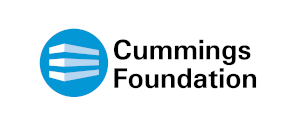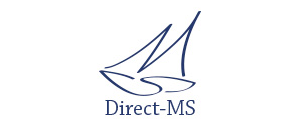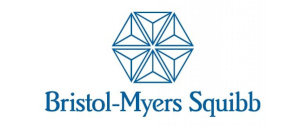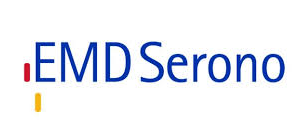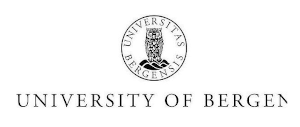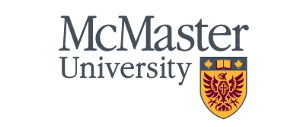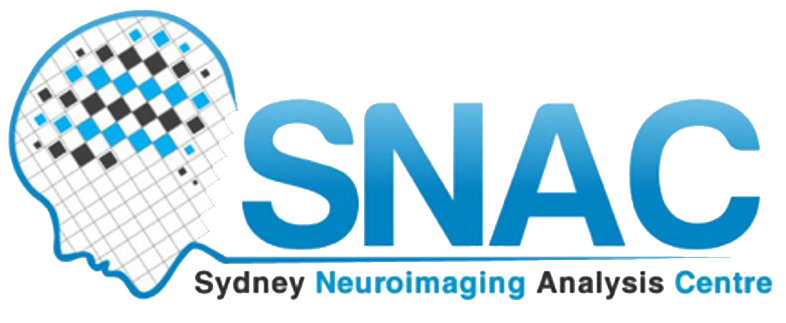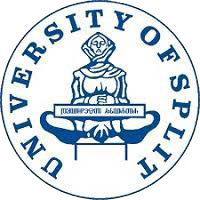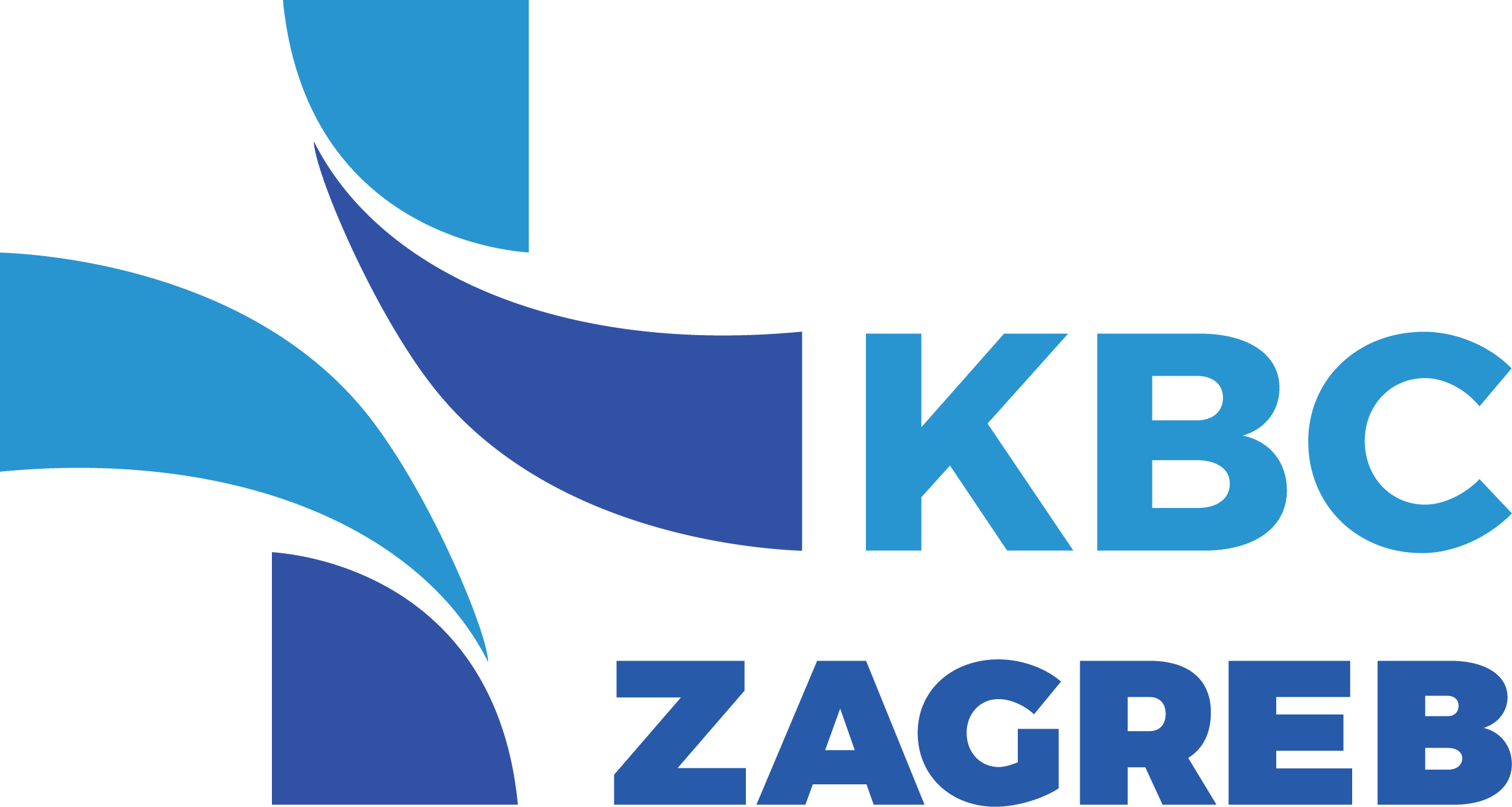The Buffalo Neuroimaging Analysis Center (BNAC) was founded in October of 2000 with the support of Dr. Lawrence D. Jacobs, one of the initial pioneers of disease modifying treatment in MS, as well as support from the University of Buffalo, National Institutes of Health, and the Cummings Foundation. It is part of the Department of Neurology at the University at Buffalo.
BNAC strives to extend the boundaries of current knowledge about neurological diseases and disorders through innovative research techniques and the application of biomedical informatics resources. Since its inception, BNAC has established itself as a world leader in performing global and regional brain atrophy measurements in multiple sclerosis (MS), stroke, other neurodegenerative disorders, and aging. BNAC’s main research focus is on the development and application of various conventional and non-conventional imaging acquisition and analysis techniques. BNAC also routinely computes numerous other qualitative and quantitative computerized tomography, magnetic resonance and digital subtraction angiography measurements. Additional methods in which BNAC has expertise include global and regional magnetization transfer, diffusion-weighted and diffusion-tensor imaging, magnetic resonance spectroscopy, functional MRI (fMRI), and perfusion. BNAC has also developed strong research programs for spinal cord and optic nerve imaging.
Numerous peer reviewed publications, books, and book chapters reflect the high-quality of the center’s research activity and its academic reputation. Since its inception, BNAC research projects have involved international collaboration with clinicians and scientists pursuing the use of qualitative and quantitative imaging to study brain disorders.
BNAC has participated in more than $50 million in research grants and has been involved in more than 90 clinical trials in multiple sclerosis, stroke and Parkinson’s disease.




